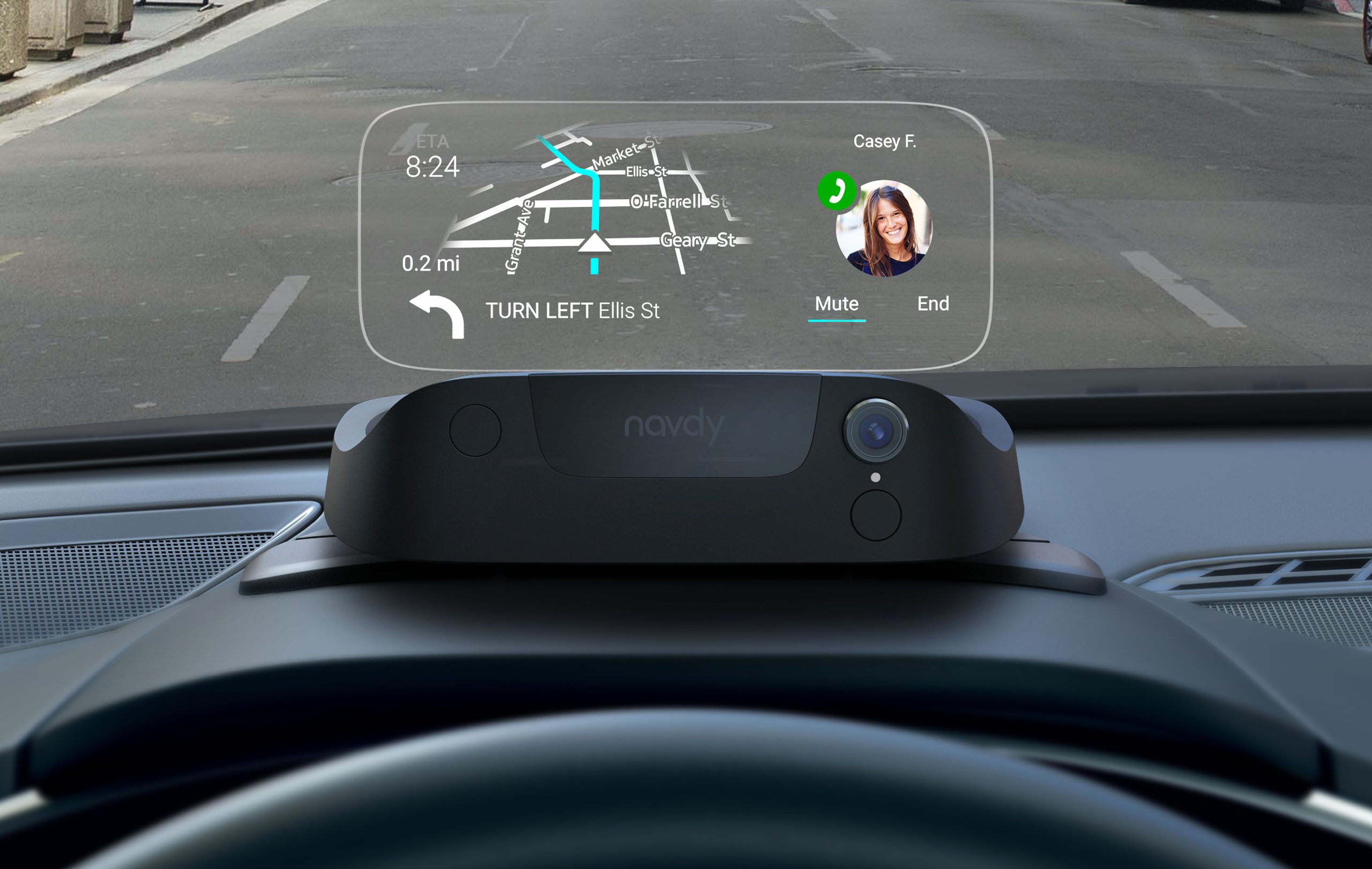Can You Add Lane Assist to a Vehicle
Yes, lane assist can be added to a vehicle to enhance safety and assist drivers in staying within their designated lanes. Lane assist technology uses cameras and sensors to monitor the vehicle’s position on the road and provides alerts or corrective actions if it detects any drifting or veering out of the lane.
By implementing lane assist, drivers can enjoy an extra layer of assistance and reduce the risk of accidents caused by lane departures. With the advancement in automotive technology, many vehicles now come equipped with lane assist as a standard feature, while for others, it can be added as an aftermarket upgrade through professional installation.
Adding lane assist to a vehicle is a proactive measure to promote safer driving and prevent potential collisions on the road.
Understanding Lane Assist Technology
Lane Assist technology is a valuable feature that can be added to vehicles to enhance safety and aid in navigation. This innovative technology uses cameras and sensors to monitor the vehicle’s position on the road and provides alerts or corrections if the driver unintentionally drifts out of their lane.
Lane Assist works by continuously analyzing the road markings and detecting the vehicle’s position in relation to them. It can detect when the vehicle is drifting too close to the lane boundaries and alerts the driver via visual, audible, or haptic feedback. Some Lane Assist systems can even provide gentle steering inputs to help keep the vehicle centered in its lane.
The benefits of Lane Assist technology are numerous. Firstly, it helps to prevent accidents caused by driver distraction or drowsiness, as it acts as an extra pair of eyes on the road. This technology can also improve overall driving comfort by reducing the need for constant corrections and keeping the vehicle in the intended lane. Furthermore, Lane Assist can be particularly beneficial for long highway drives, reducing the risk of lane departure accidents.
Retrofitting Lane Assist To Your Vehicle
Adding Lane Assist to an existing vehicle is indeed possible, but there are a few factors to consider before proceeding with the retrofitting process. One crucial factor is whether you’re opting for professional installation or a DIY retrofitting approach.
Professional installation ensures that the Lane Assist feature is seamlessly integrated into your vehicle’s existing systems. It guarantees correct calibration and accurate functioning of the technology. While it may be more expensive, professional installation minimizes the risk of errors and provides peace of mind.
On the other hand, DIY retrofitting allows you to save on installation costs and work at your own pace. However, it’s essential to thoroughly research the process and ensure compatibility with your vehicle’s make and model. DIY retrofitting may require technical expertise and potential modifications to your vehicle’s electrical systems.
In conclusion, retrofitting Lane Assist to your vehicle is possible, but the decision between professional installation and DIY retrofitting depends on your preferences, budget, and technical abilities.
Popular Lane Assist Systems For Vehicles
Overview:
Lane Assist systems are becoming increasingly popular in vehicles as they provide an extra layer of safety and convenience. These systems use various technologies to assist drivers in staying within their designated lanes. The market offers several options with different features and capabilities.
Comparison of different Lane Assist systems:
| System | Features |
|---|---|
| System A | Adaptive lane guidance, real-time alerts, advanced sensors |
| System B | Camera-based detection, audible warnings, automatic corrective steering |
| System C | Radar-based detection, haptic feedback, collision avoidance |
Features to look for in a Lane Assist system:
- Accuracy: Look for a system that provides precise lane detection.
- Alerts: Choose a system that offers clear and timely alerts to keep you aware.
- Intuitiveness: Opt for a system that seamlessly integrates with your driving experience.
- Customization: Consider a system that allows you to personalize settings according to your preferences.
- Compatibility: Ensure the system is compatible with your vehicle’s make and model.
Conclusion:
With several Lane Assist systems available in the market, it’s essential to choose the one that suits your needs and preferences. Consider the features, accuracy, and compatibility when making your decision. Adding a Lane Assist system to your vehicle can enhance safety and make your driving experience more enjoyable.
Steps To Add Lane Assist To Your Vehicle
To add Lane Assist to your vehicle, start by researching available Lane Assist systems that are compatible with your car’s make and model.
Once you have identified a suitable system, determine its compatibility with your vehicle. Check if any additional equipment or modifications are required for installation.
After ensuring compatibility, purchase the Lane Assist system from a reliable source or authorized dealer. Make sure the system includes all the necessary components and installation instructions.
With the system in hand, follow the provided instructions to install the Lane Assist system in your vehicle. It may involve connecting wires, mounting sensors, and configuring settings.
Once the system is installed, calibrate and test the Lane Assist functionality to ensure it is working accurately. Make any necessary adjustments as per the manufacturer’s instructions.
Remember to regularly maintain and update the Lane Assist system to keep it functioning optimally.
Professional Installation Vs Self-installation
Pros and cons of professional installation
| Pros | Cons |
|---|---|
| Expertise and experience of professional installers | Higher cost compared to self-installation |
| Guaranteed quality and warranty | Need to schedule an appointment |
| Efficient and time-saving | Limited flexibility in customization |
| Professional advice and guidance | Reliance on availability of professionals |
| Possibility of damage to vehicle during installation |
Pros and cons of self-installation
| Pros | Cons |
|---|---|
| Cost-effective option | Lack of expertise may result in poor installation |
| Flexibility and convenience | Time-consuming process |
| Opportunity to learn and gain new skills | No warranty or guarantee on the installation |
| No professional advice or guidance |
Step-by-step guide for self-installation:
- Read and understand the installation manual provided
- Gather all the necessary tools and materials
- Prepare the vehicle by cleaning and securing it
- Follow the instructions to mount and connect the lane assist system
- Test the system to ensure proper functionality
- Make any necessary adjustments or calibrations
- Securely fasten all connections and components
- Double-check the installation and ensure everything is properly installed
- Enjoy the benefits of your self-installed lane assist system!
Cost Considerations For Adding Lane Assist
The cost of adding lane assist to a vehicle can vary depending on several factors. When considering the pricing of lane assist systems, it’s important to take into account the additional costs for installation and calibration. While some people may choose to install the system themselves, others may opt for professional installation.
For those who decide to self-install, there may be a cost savings initially. However, it’s important to consider the level of expertise and knowledge required to properly install and calibrate the system. Mistakes during installation or calibration can result in inaccurate lane assist functionality and potentially compromise safety.
On the other hand, professional installation guarantees that the system is set up correctly and optimally for the vehicle. However, this option usually comes with a higher price tag due to the labor involved. It’s advisable to research and compare prices for both professional installation and self-installation kits to determine the most cost-effective option for adding lane assist to your vehicle.
Important Safety Considerations
Adding Lane Assist to your vehicle can greatly enhance its safety features. However, it is important to consider a few key factors before proceeding:
| Important Safety Considerations |
|---|
|
By considering these important safety considerations, you can add Lane Assist to your vehicle effectively and enjoy the added safety benefits it provides.

Credit: www.carwow.co.uk
Frequently Asked Questions Of Can You Add Lane Assist To A Vehicle
Can Lane Assist Be Added To Any Vehicle?
Yes, lane assist can be added to most vehicles. There are retrofit options available that can be installed in your car to provide this feature. It’s always best to consult with a professional to determine the compatibility and installation process for your specific vehicle.
How Does Lane Assist Technology Work?
Lane assist technology uses cameras or sensors to detect the lane markings on the road. It then provides visual or audible alerts to the driver if they start to drift out of their lane without signaling. Some advanced systems can even gently steer the vehicle back into the correct lane.
Are There Different Types Of Lane Assist Systems?
Yes, there are different types of lane assist systems available. Some use cameras to track lane markings, while others use sensors to detect the vehicle’s position within the lane. Additionally, some systems only provide warnings, while others can actively steer the vehicle to keep it in the correct lane.
Can Lane Assist Prevent Accidents?
Lane assist systems are designed to help prevent accidents by alerting the driver if they start to drift out of their lane. However, it’s important to note that these systems are not foolproof and should not replace attentive driving. They can be a useful additional safety feature, but they cannot completely eliminate the risk of accidents.
Conclusion
Adding lane assist to a vehicle is a convenient and safety-enhancing feature that can significantly improve your driving experience. With advancements in technology, it is now possible to retrofit lane assist in certain vehicles, offering an added layer of security on the road.
By effectively detecting lane boundaries and alerting the driver when they drift out of their lane, this feature helps prevent accidents caused by unintentional lane changes. So, if you’re looking to enhance your vehicle’s safety measures, consider adding lane assist for a smoother and safer ride.
